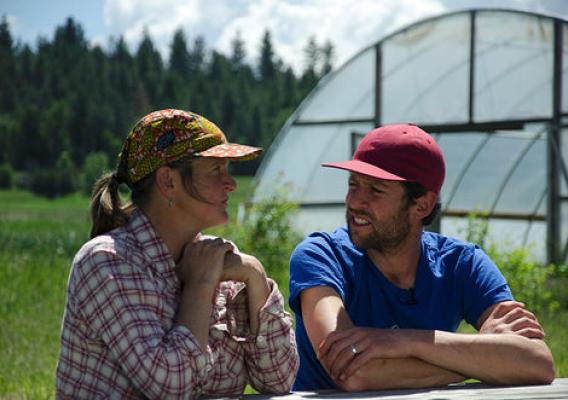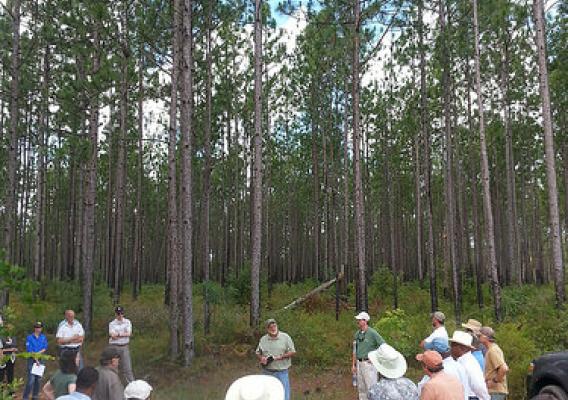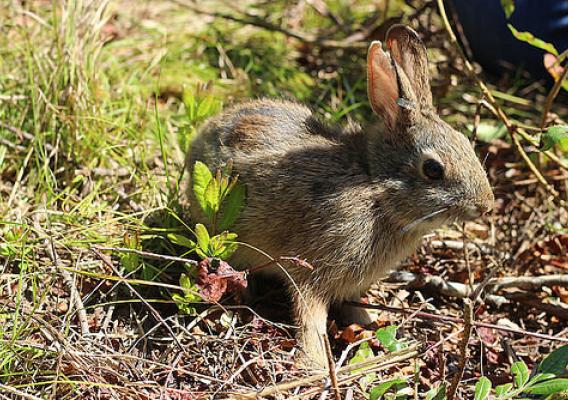The Natural Resources Conservation Service works with ranchers and partners to improve habitat for sage grouse with funding through the Sage Grouse Initiative. Focusing on privately-owned lands, the initiative covers the 11 Western state range of the bird. About 40 percent of the sage grouse dwell on private lands. David Naugle is a wildlife professor at the University of Montana and the science advisor for SGI, an NRCS-led partnership. —Tim Griffiths, NRCS
By David Naugle, Science Advisor, Sage Grouse Initiative
Restoring sagebrush ecosystems not only benefits ranching and sage grouse but other wildlife, too. New data show that populations of Brewer’s sparrow and green-tailed towhee, two sagebrush-dependent songbirds, climbed significantly in places where invading conifer trees were removed.
Three years after removing trees, Brewer’s sparrow numbers increased by 55 percent and green-tailed towhee numbers by 81 percent relative to areas not restored, according to a new report released by the Sage Grouse Initiative (SGI). These two songbirds, both identified as species of conservation concern by the U.S. Fish and Wildlife Service (FWS), serve as early indicators of the effectiveness of restoration work.










